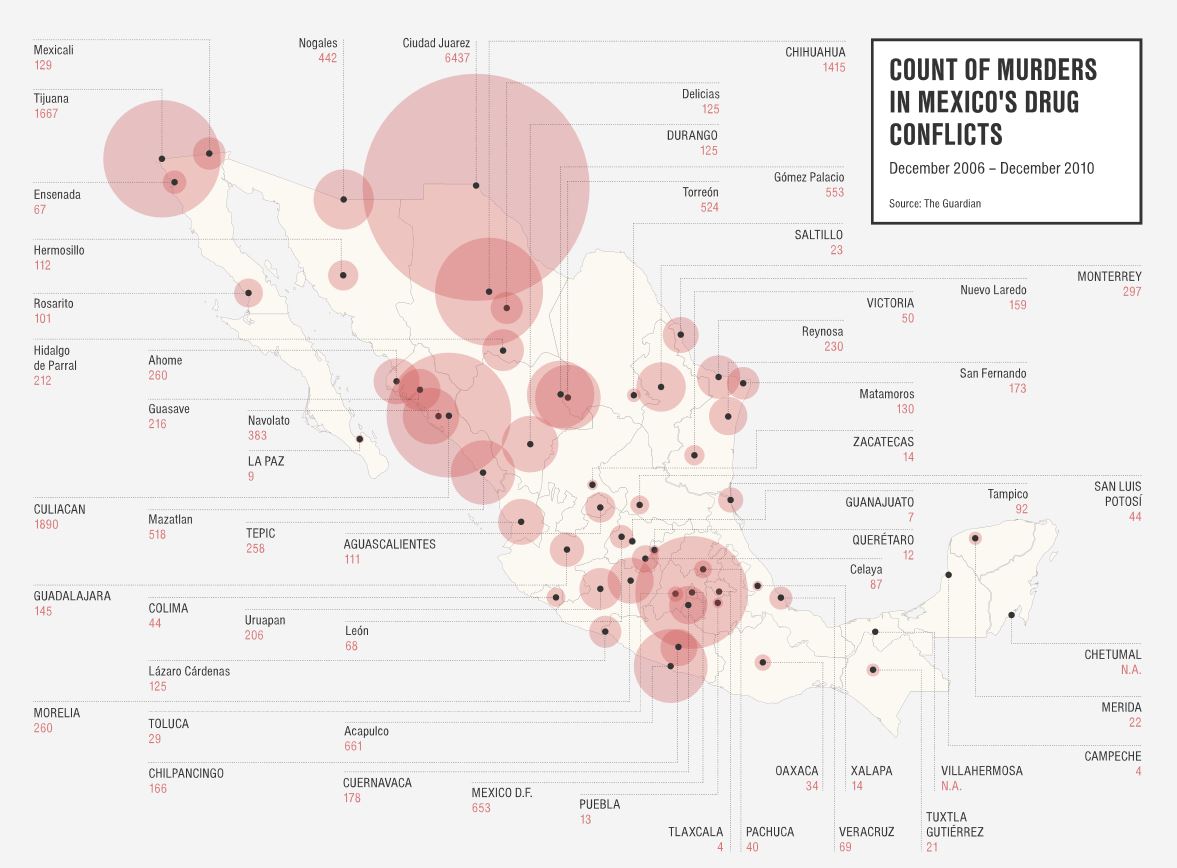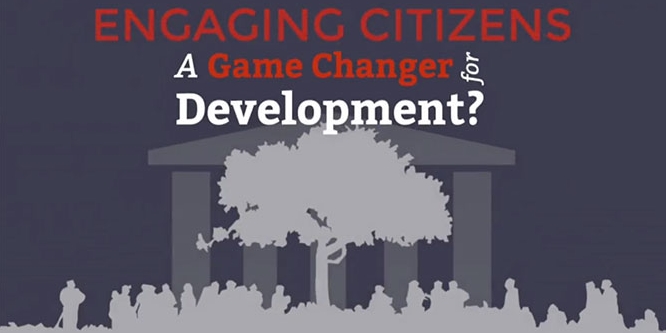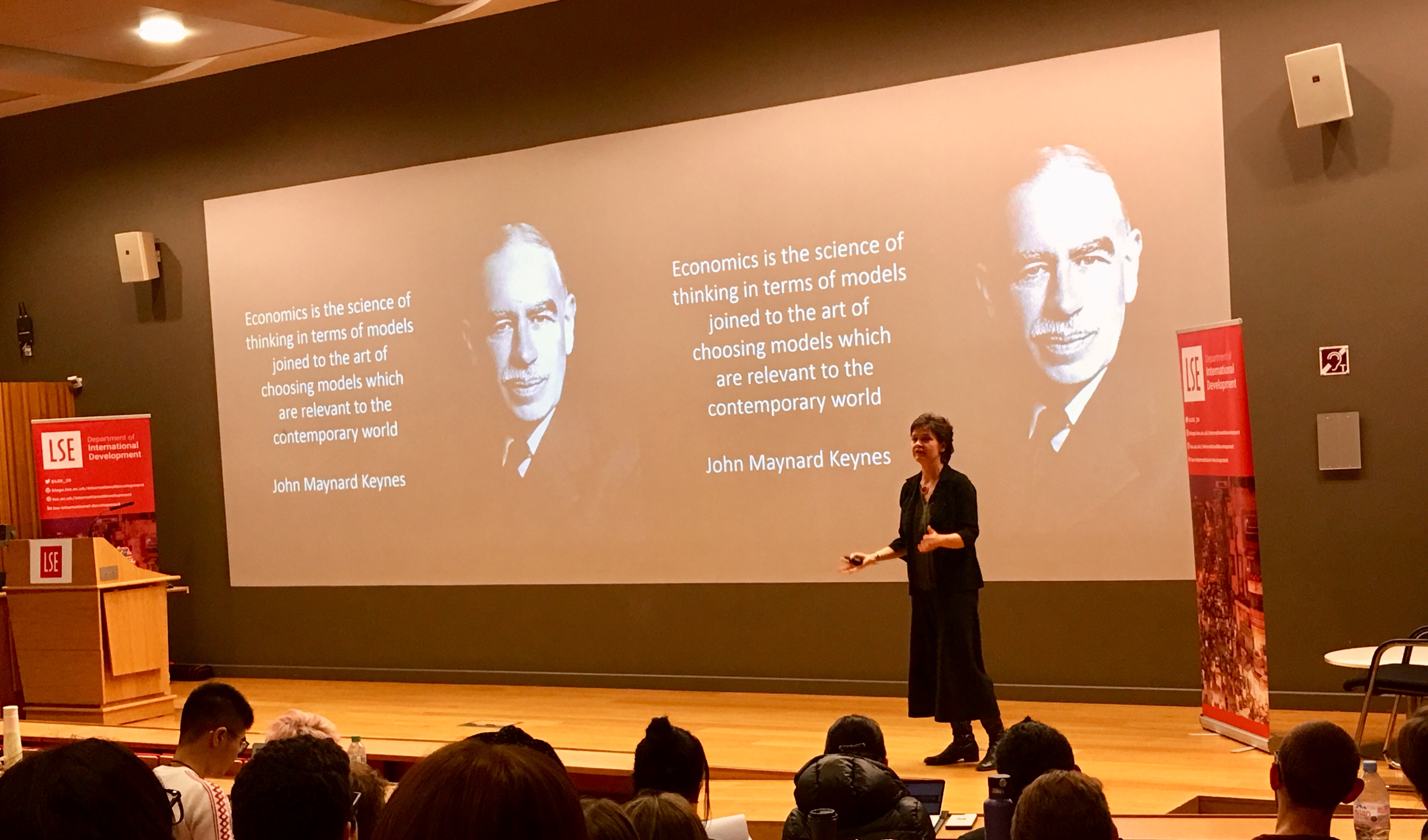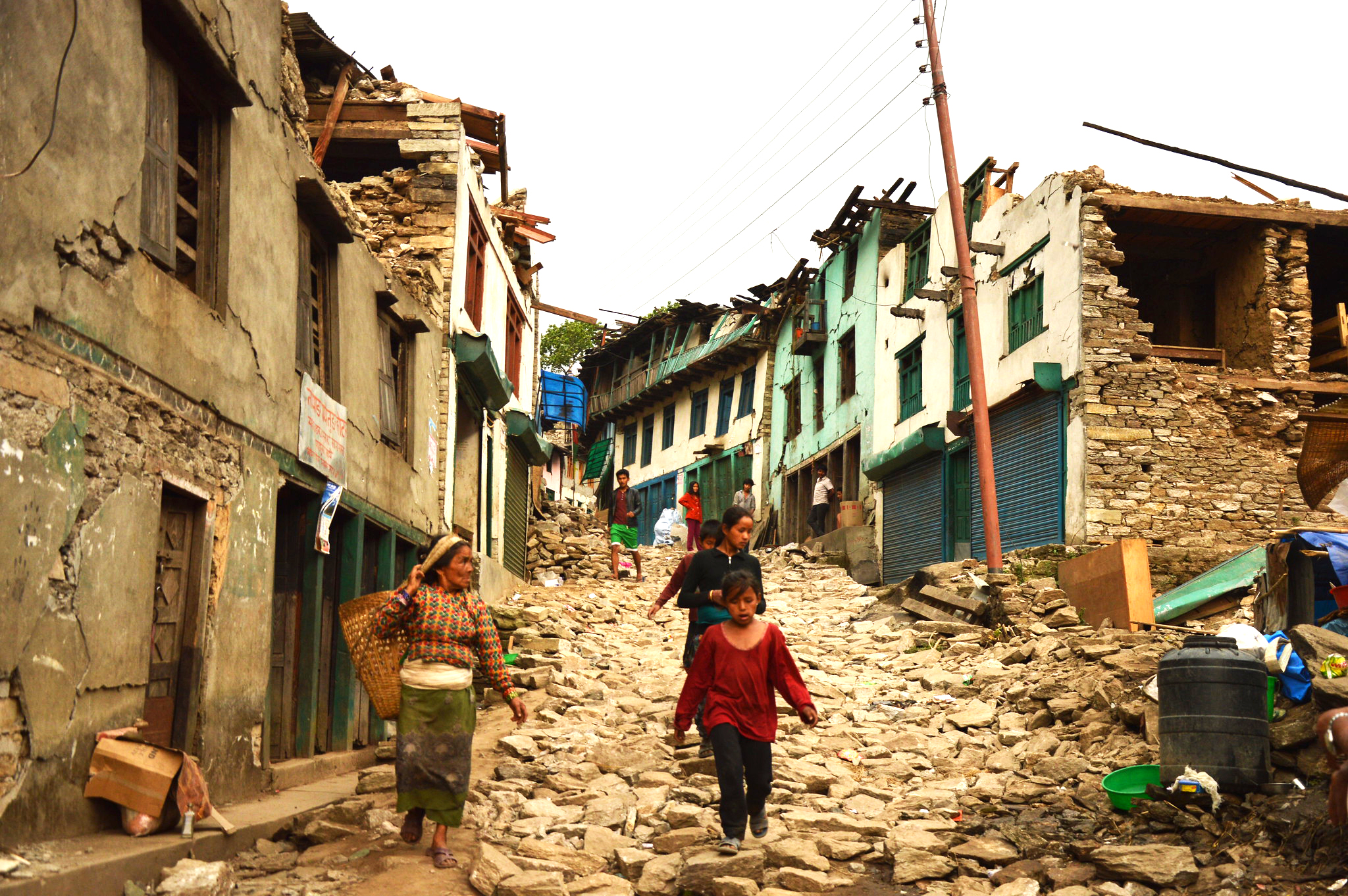Drawing on her research in rural Karnataka, south India, Shirin Madon discusses the importance of Village Health Committees in taking village-level measures and interventions to contain the diffusion of diseases.
In recent years, many developing countries such as India, Tanzania and Bangladesh have introduced village health committees as part of efforts to improve the functioning and effectiveness of health systems. These are committees that elicit participation from a range of frontline government health workers, local politicians and civil society representatives at the village level. There are two key rationales for this intervention. First, while governments and district agencies hold substantial decision-making power with regards to the planning and execution of health programmes, their actual implementation occurs at the village level and requires active community participation. Second, many diseases are influenced by water, sanitation and hygiene conditions requiring the joint implementation of programmes under an overall village development agenda.
Since 2012, we have been studying the Village Health Sanitation and Nutrition Committees (VHSNCs) introduced in India by the National Health Mission in 2008 as a flagship programme aimed at promoting community-based decentralisation of primary healthcare. India has lagged behind many other developing countries in terms of improving sanitation, nutrition and hygiene indices and the prevalence of low birth weight is among the highest in the world with diarrhoea a major killer of children under the age of five years. The VHSNCs were introduced to ameliorate the situation by decentralising decisions to a 15 to 20-member sub-committee of the gram panchayat, a village council in which members are elected to serve for a 5-year term, and providing each VHSNC with an annual untied grant of Rs. 10,000 (approximately US$152) payable in three instalments which can be used at the discretion of the village committee.
Shirin Madon is Associate Professor of Information Communication Technologies and Socioeconomic Development. She works jointly in the Departments of Management and International Development at LSE.
This article was first published on ifip94.wordpress.com.
The views expressed in this post are those of the author and in no way reflect those of the International Development LSE blog or the London School of Economics and Political Science.





